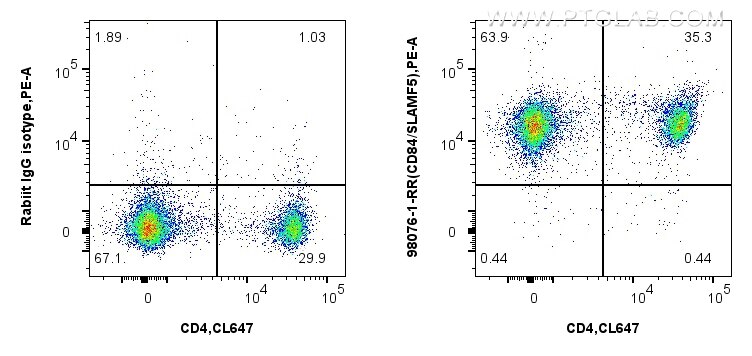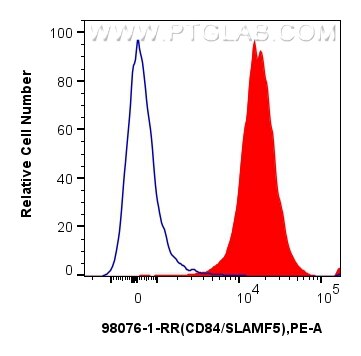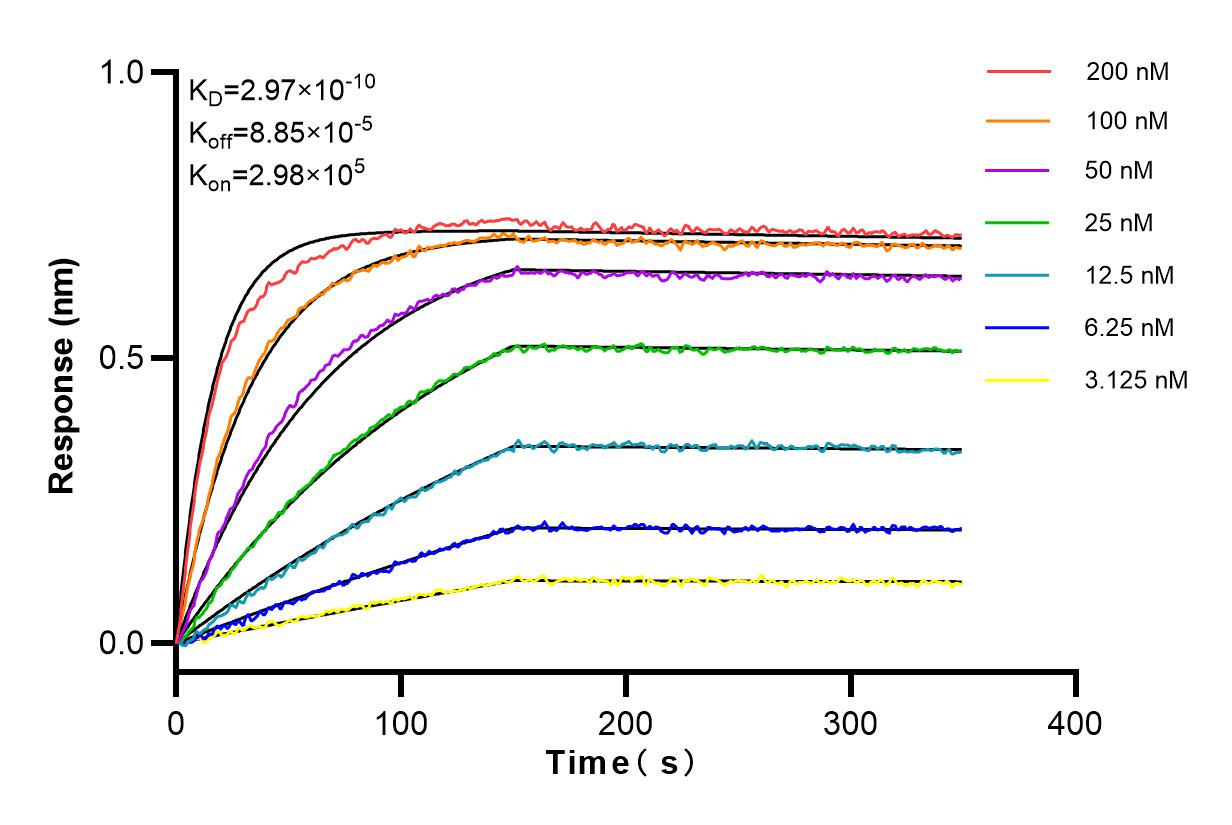Tested Applications
| Positive FC detected in | mouse splenocytes |
Recommended dilution
| Application | Dilution |
|---|---|
| Flow Cytometry (FC) | FC : 0.25 ug per 10^6 cells in 100 μl suspension |
| This reagent has been tested for flow cytometric analysis. It is recommended that this reagent should be titrated in each testing system to obtain optimal results. | |
| Sample-dependent, Check data in validation data gallery. | |
Product Information
98076-1-RR targets CD84 in FC applications and shows reactivity with mouse samples.
| Tested Reactivity | mouse |
| Host / Isotype | Rabbit / IgG |
| Class | Recombinant |
| Type | Antibody |
| Immunogen | Fusion Protein Predict reactive species |
| Full Name | CD84 antigen |
| Calculated Molecular Weight | 37 kDa |
| Gene Symbol | Cd84 |
| Gene ID (NCBI) | 12523 |
| RRID | AB_3672223 |
| Conjugate | Unconjugated |
| Form | Liquid |
| Purification Method | Protein A purfication |
| UNIPROT ID | Q18PI6-1 |
| Storage Buffer | PBS with 0.09% sodium azide, pH 7.3. |
| Storage Conditions | Store at 2 - 8°C. Stable for one year after shipment. |
Background Information
CD84, also known as SLAMF5, is a member of the CD2 subfamily of the immunoglobulin receptor superfamily (PMID: 9310491). CD84 is a single-chain type-I glycoprotein composed of two extracellular Ig-like domains, a hydrophobic transmembrane region, and a cytoplasmic domain. It is broadly expressed on almost all leukocyte subsets. CD84 functions as a homophilic adhesion molecule, whose signaling can activate or inhibit leukocyte function depending on the cell type and its stage of activation or differentiation (PMID: 30522694).
Protocols
| Product Specific Protocols | |
|---|---|
| FC protocol for CD84 antibody 98076-1-RR | Download protocol |
| Standard Protocols | |
|---|---|
| Click here to view our Standard Protocols |







